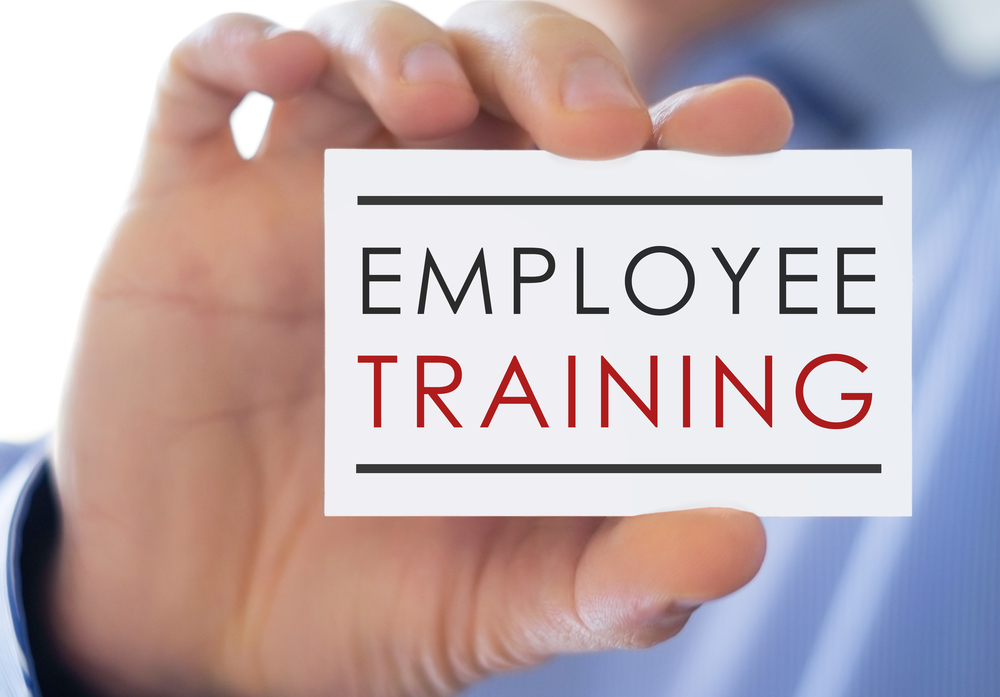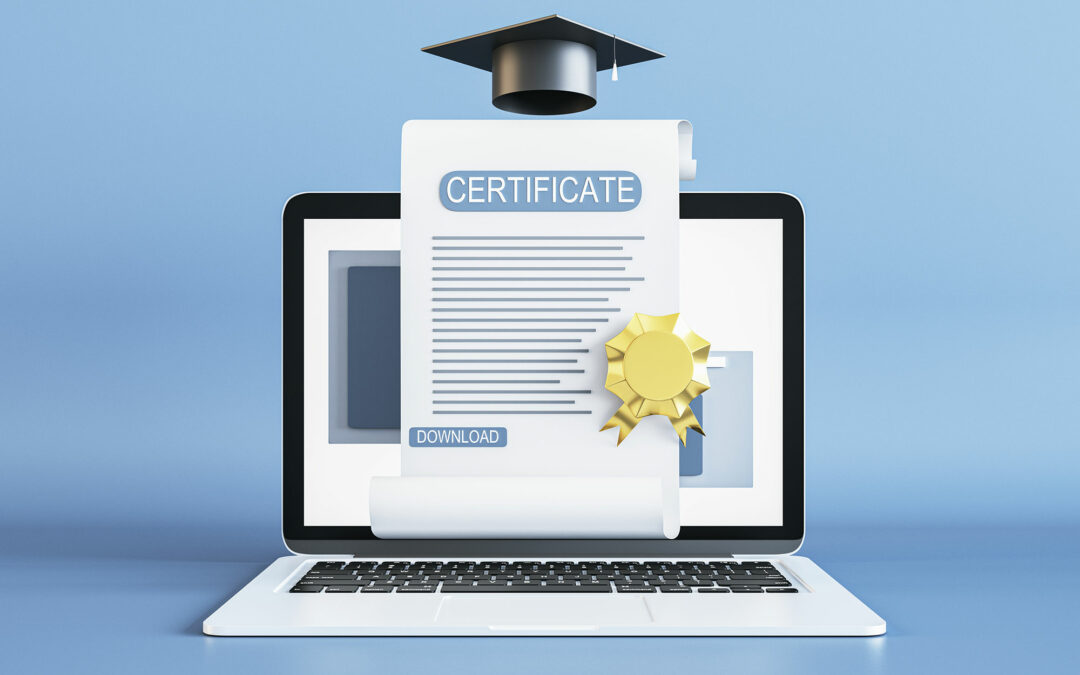What if you invest in training for your employees and they leave? Sure, that’s a risk. A bigger risk, though, is not training them, and they stay. Untrained employees have no sense of teamwork, don’t work toward a common goal, and don’t particularly care about the success of your business. Here are some employee training strategies specifically for the service industry:
Make training a team effort. Building a sense of teamwork shouldn’t just be a lucky by-product of your employee training program, it should be one of its objectives. Create incentives that reward top performers while motivating lower performing employees to improve. Pair employees in mentoring relationships to encourage teamwork.
Define specific goals. Study after study shows that the highest performing teams set goals and stick to them. When implementing your employee training strategies, be clear about your goals for both that training session and your business in general. Effective goals are both challenging and attainable. Employee buy-in is critical to achieving your goals at any level, so be sure to explain how each goal leads to employee success.
Be a coach. Remember, teams need a coach, not a boss. Leading by example is the best day-to-day training you can do. Your job is to provide instruction, tools, resources, and motivation to help your employees work together effectively on every shift. When you treat your workforce as a team — with every member as important as the next — you’ll soon see the classic “it’s not my job” mentality fade away.
Train with a purpose. One of your employee training strategies must include cross training. The most effective operations are ones that take the time to cross-train using blended learning methods and show the value of employees willing to learn multiple roles. Cross-training fosters teamwork, increases productivity, and, most importantly, improves customer service.
Be flexible. It’s true that there may a best way to do certain things — like ring up a sale or clean the fryer — but there are often many ways to teach someone that best way. Your training experience will be more enjoyable for you and your employees if you recognize that everyone learns differently. Take the time to get to know what your employees need from you as a trainer, and make sure they know you value the contributions everyone brings to the table.
Teamwork and training go hand in hand. When you do the work as a coach, you’ll get the work you expect from your team.





